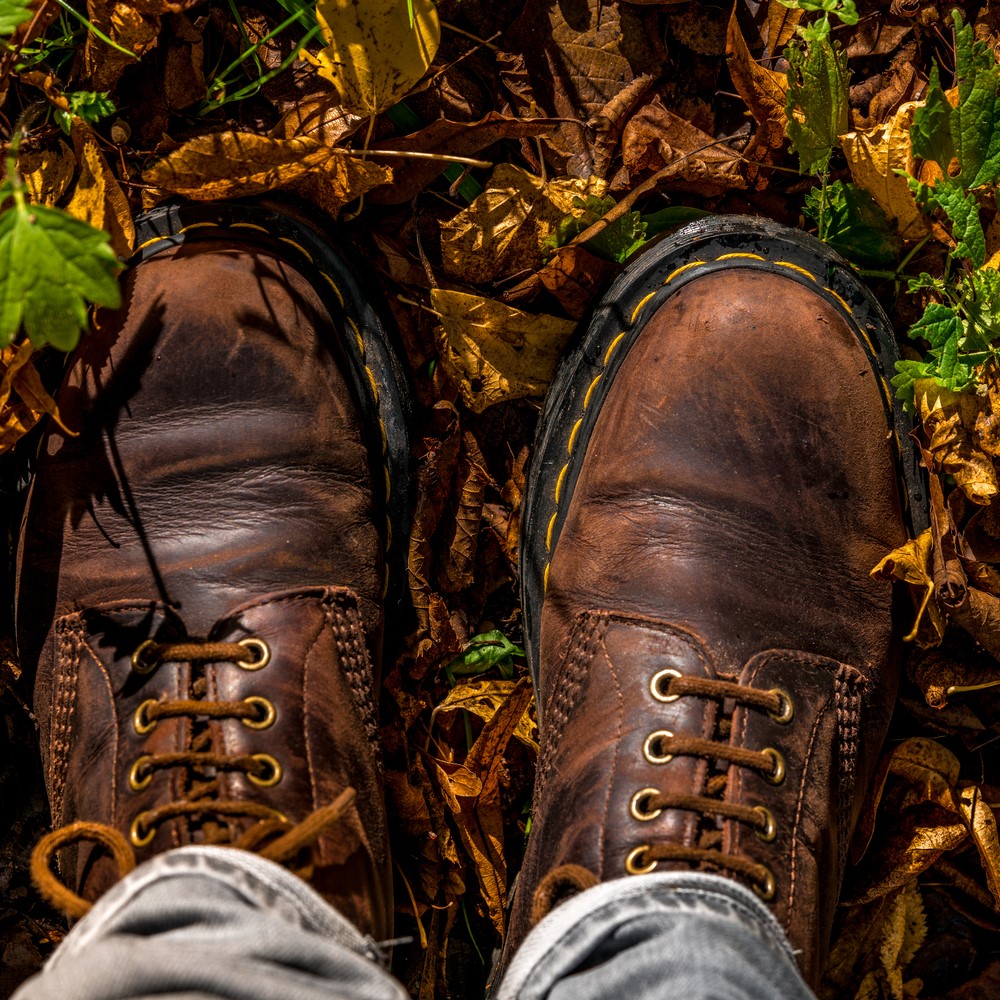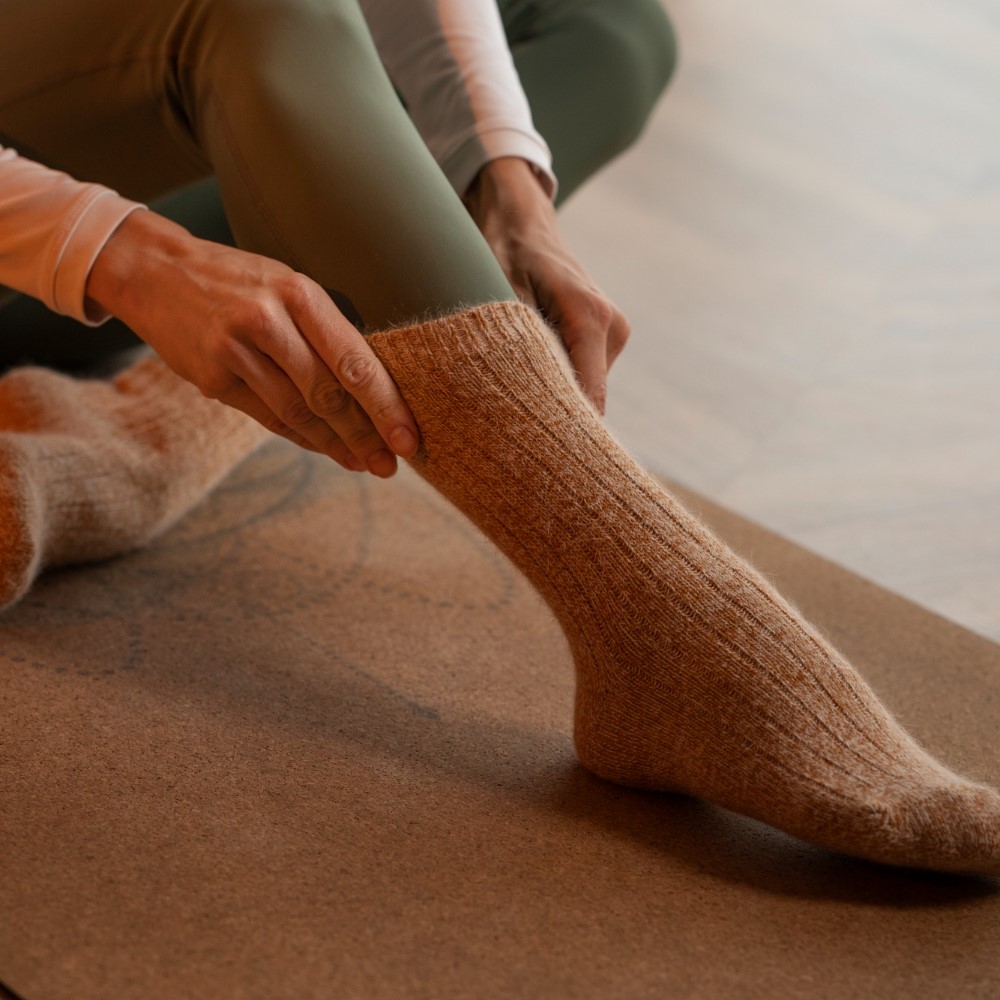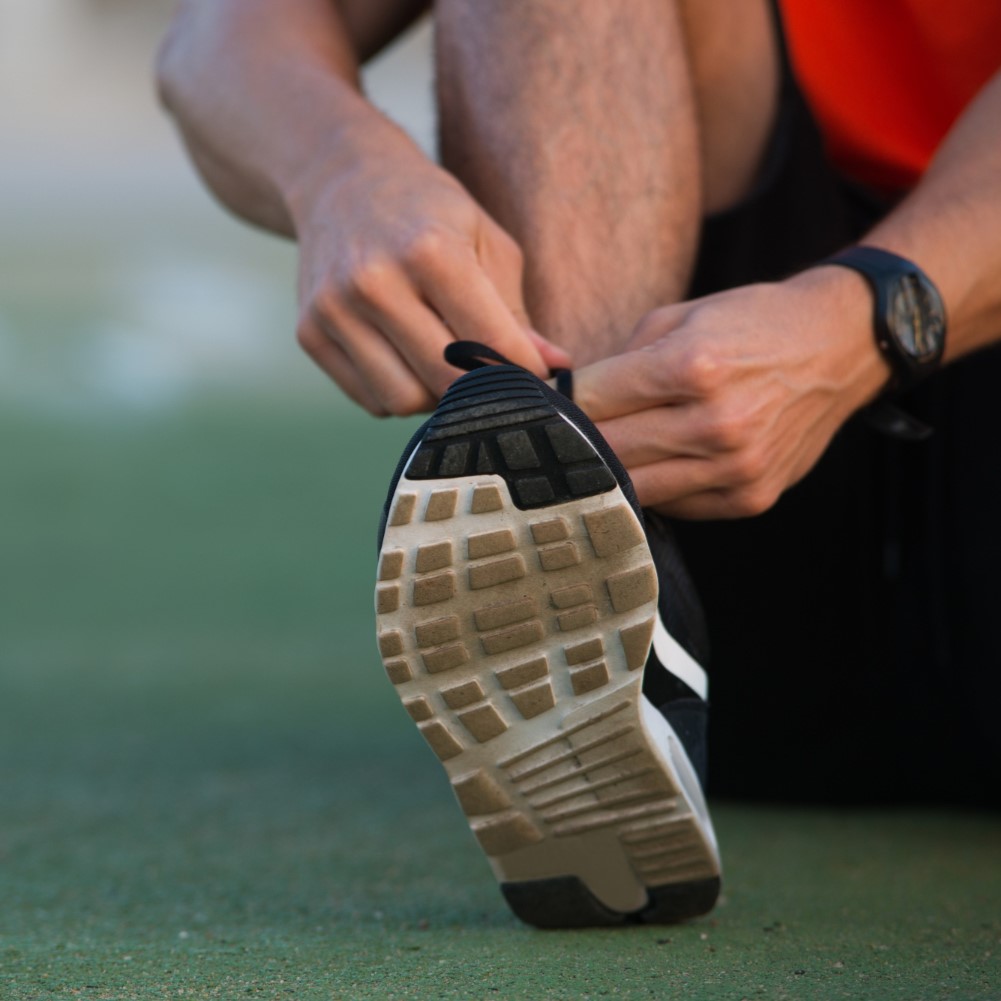Fungal infections in winter footwear!
While the rest of the world shivers in their snow boots, in the UAE, winter brings a welcome respite from the scorching summer. But a hidden enemy lurks within your favorite winter footwear: fungal infections. The dampness that builds up inside boots after a desert rainstorm or a dewy morning walk can become a breeding ground for mold and mildew, leading to itchy, uncomfortable athlete’s foot (tinea pedis) that puts a damper on your winter fun. The Fungus in the Sand: The warm, humid conditions inside your boots – even in the relatively mild UAE winter – are a fungal fiesta waiting to happen. These microscopic monsters thrive in darkness and moisture, munching on dead skin cells and leaving you with red, itchy, and cracked toes. In severe cases, they can even spread to your nails, turning them discolored and thick. How to keep your boots fungal-free: What if I suspect a fungal infection? If you suspect a fungal infection, don’t wait for a sandstorm to pass! Early diagnosis and treatment are key to preventing it from spreading. Consult a podiatrist if you experience any redness, itching, cracking, or burning between your toes. Remember, with a little vigilance and these desert-tested tips, you can keep your boots fungus-free and your feet happy and healthy all winter long. Happy (and fungus-free) Winter!
Fungal infections in winter footwear! Read More »












